Exploring Upzoning as a Tool to Increase California's Housing Supply
As California’s housing crisis worsens, policymakers are increasingly focused on upzoning policies as a way to expand housing supply, particularly in transit and job-rich areas. To help foster an informed conversation about both the potential benefits and risks of upzoning, the Urban Displacement Project and the Terner Center for Housing Innovation at the University of California, Berkeley are collaborating on a series of research briefs that examine issues related to upzoning bills currently being considered in the state legislature.
Read More
Research
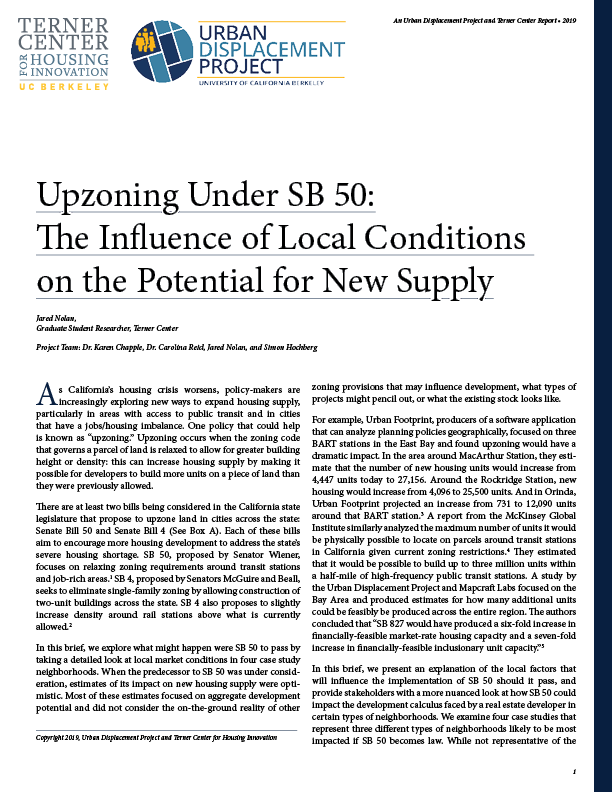
Upzoning Under SB 50: The Influence of Local Conditions on the Potential for New Supply
Jared Nolan
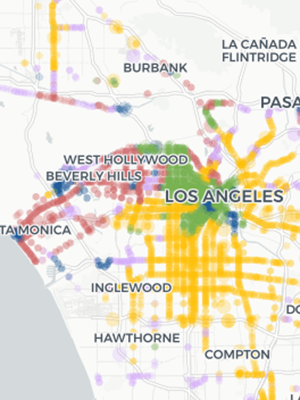
Classifying Neighborhoods Impacted by Upzoning in California
Jared Nolan
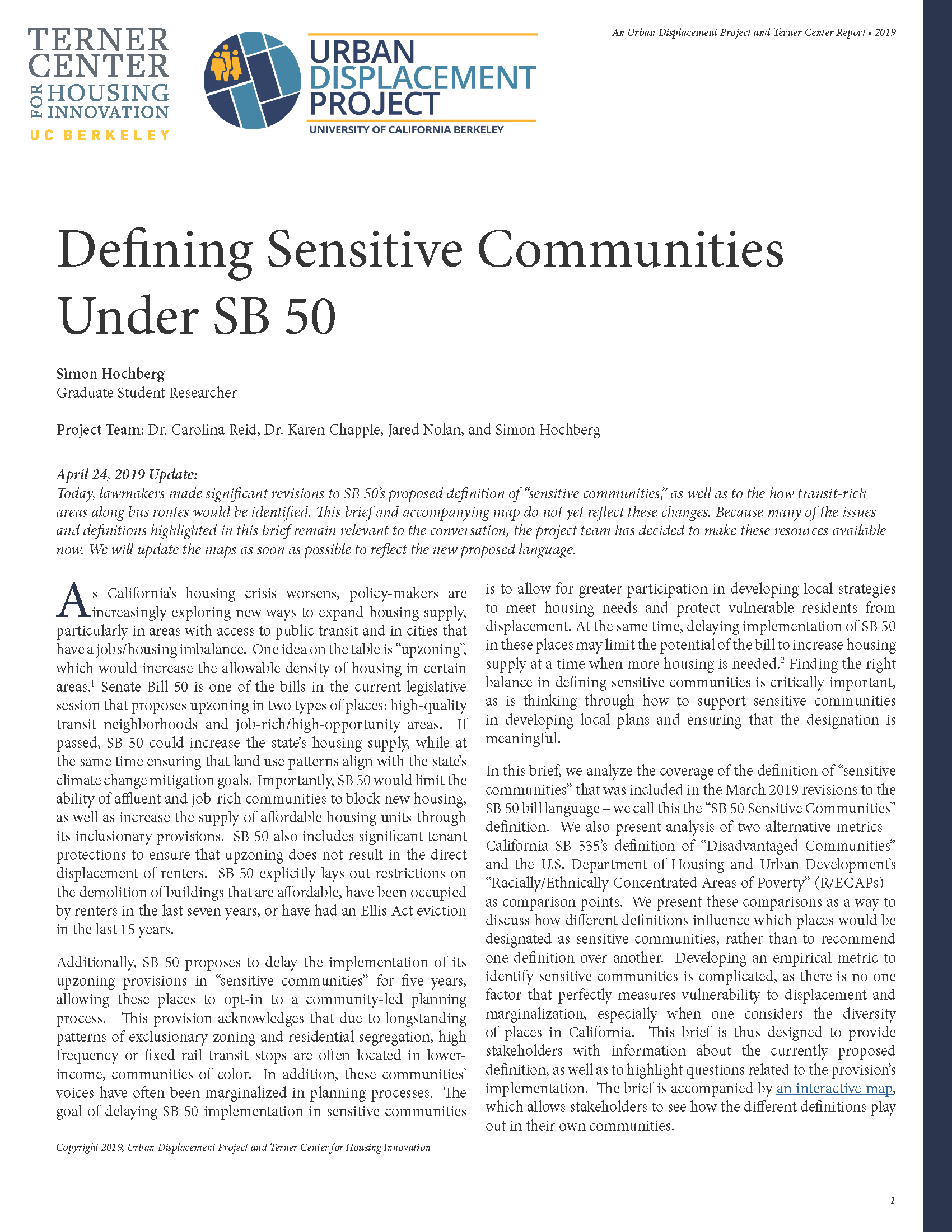
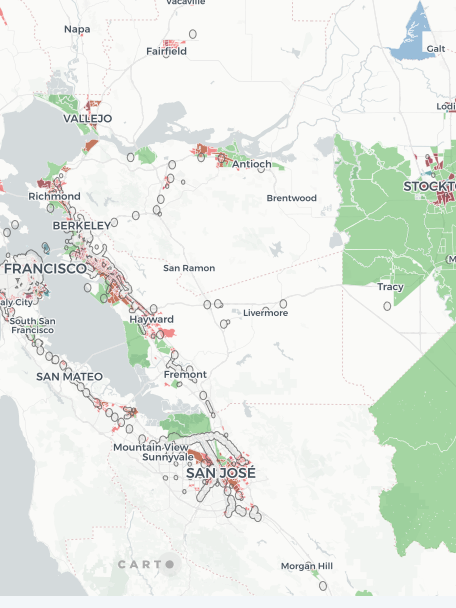
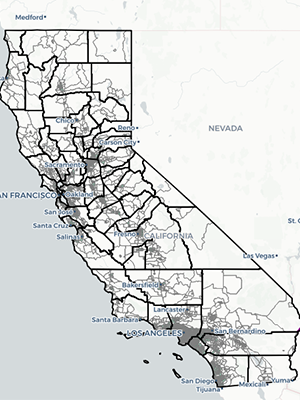
Other Resources: Mapping Opportunity in California
Click below to leave this site and learn more about mapping opportunity and employment.

Check back for more research soon.
Introduction to the Series
Does upzoning work to increase housing supply? What kind of housing would get built if California upzoned neighborhoods located near transit and/or job centers? How much of that housing could be affordable to lower-income households? And which communities would be most impacted?
All of these questions are critically important, but they are also difficult to answer. The impact of upzoning is going to vary significantly based on local housing market conditions, including a neighborhood’s current housing stock, the strength of the local housing market, and the existing local zoning rules governing land development. While upzoning may change market dynamics in some neighborhoods, in others, the existing stock or costs of construction may mean upzoning will do little to make new housing developments financially viable. Policies are also needed to ensure that the benefits of upzoning are leveraged for more affordable housing units, and that renters are protected from displacement pressures.
This research project seeks to examine the issues related to upzoning in California, including its potential to increase housing supply, what types of communities would be most affected, and what role inclusionary zoning could play in expanding access to affordable housing. We hope that the research briefs and interactive maps will help inform the policy debate in Sacramento and across the state as policy-makers work to address California’s housing shortage.

